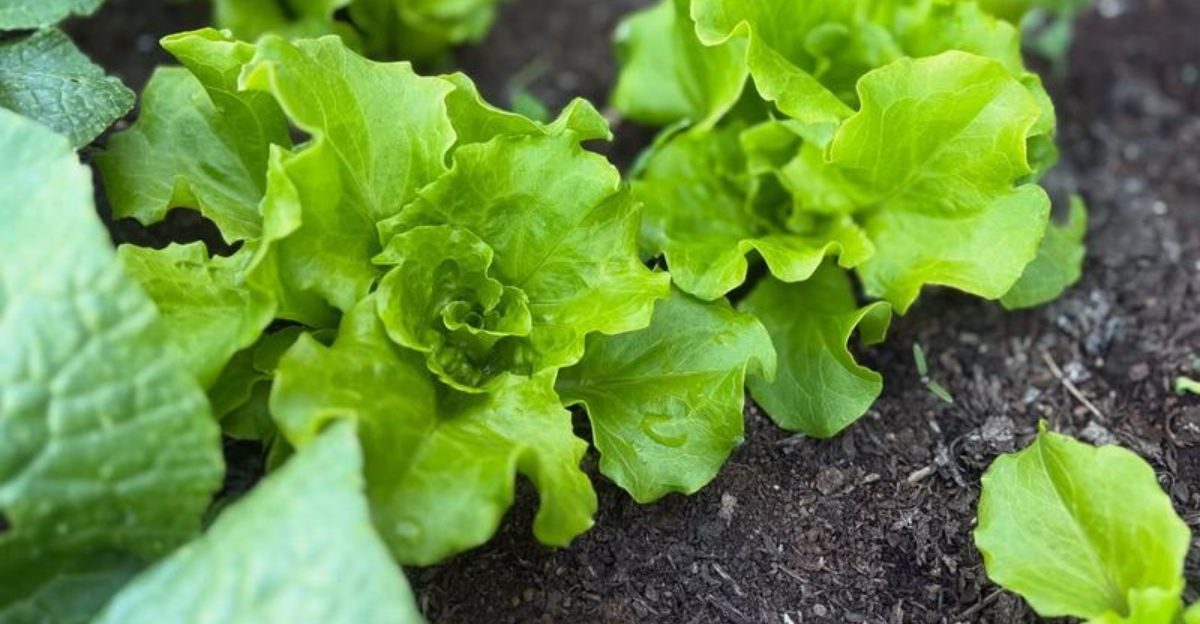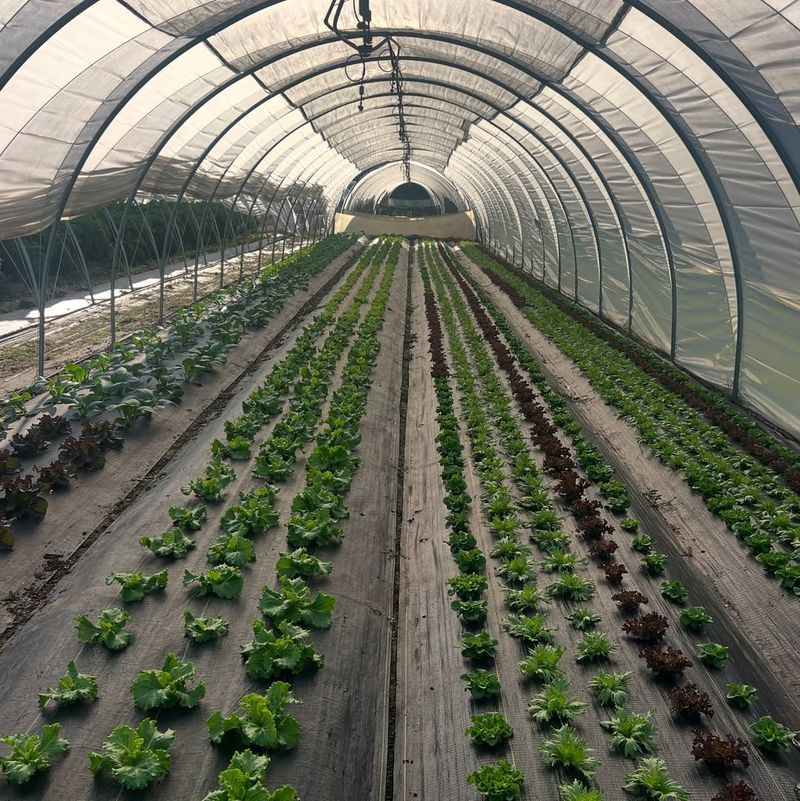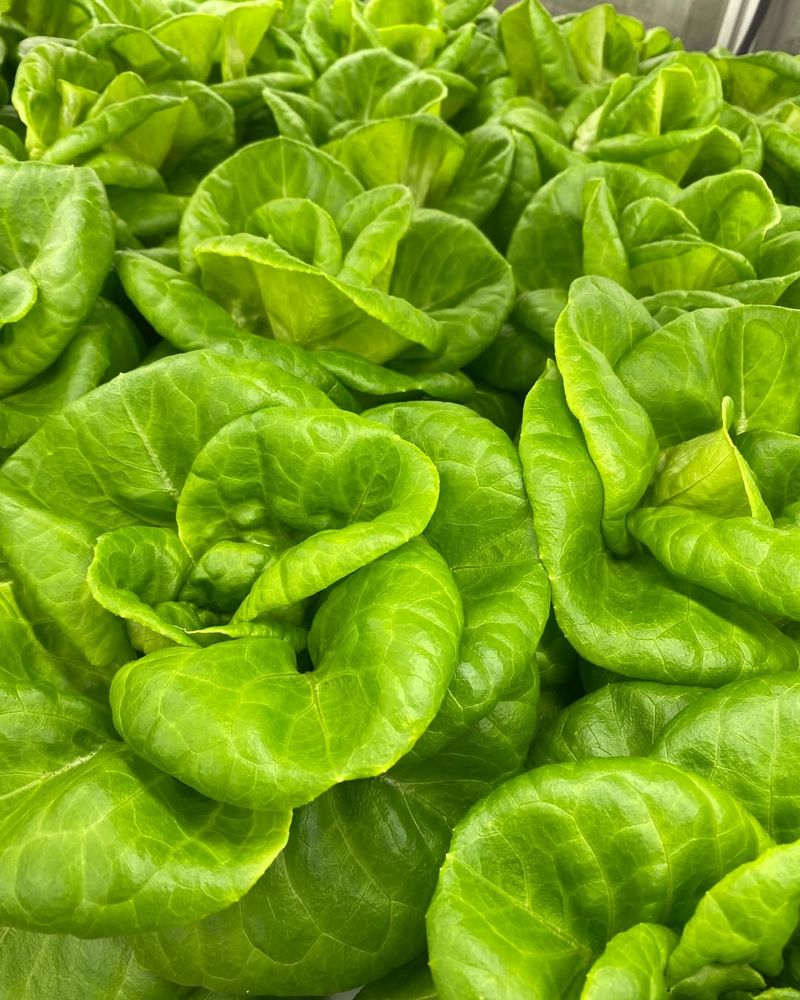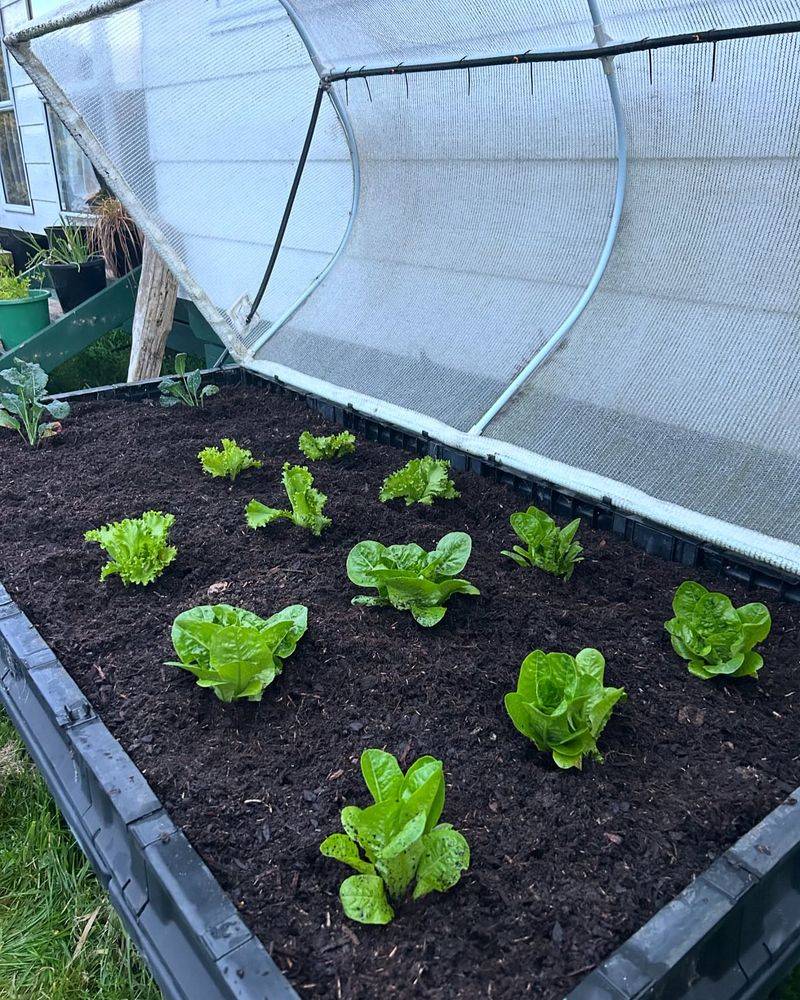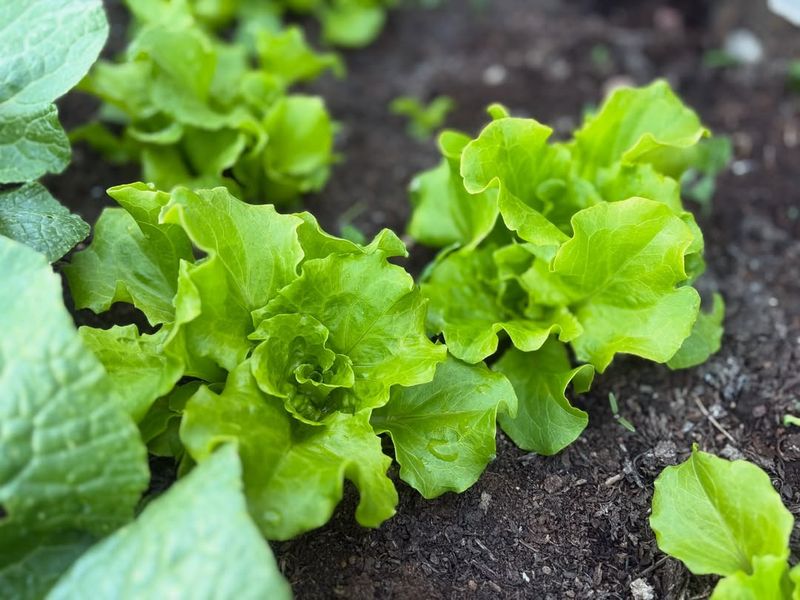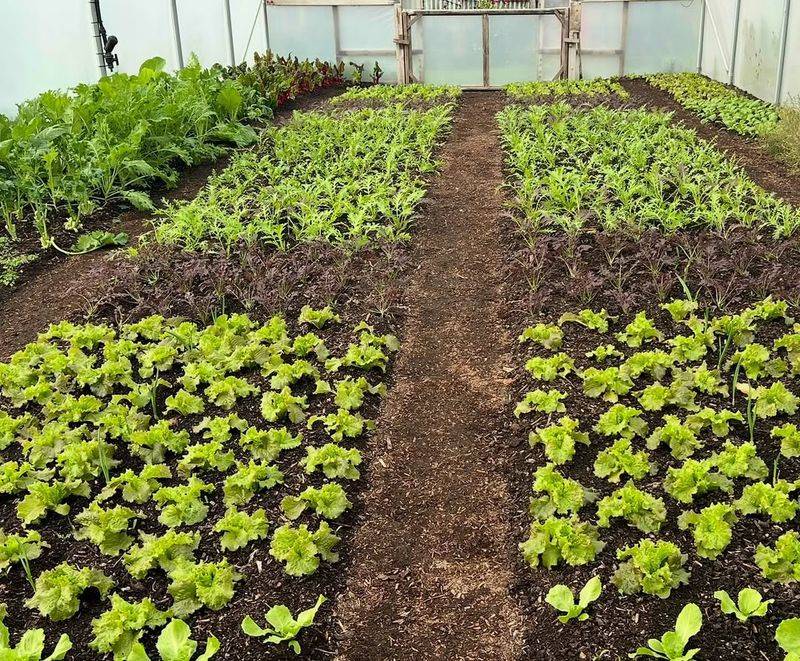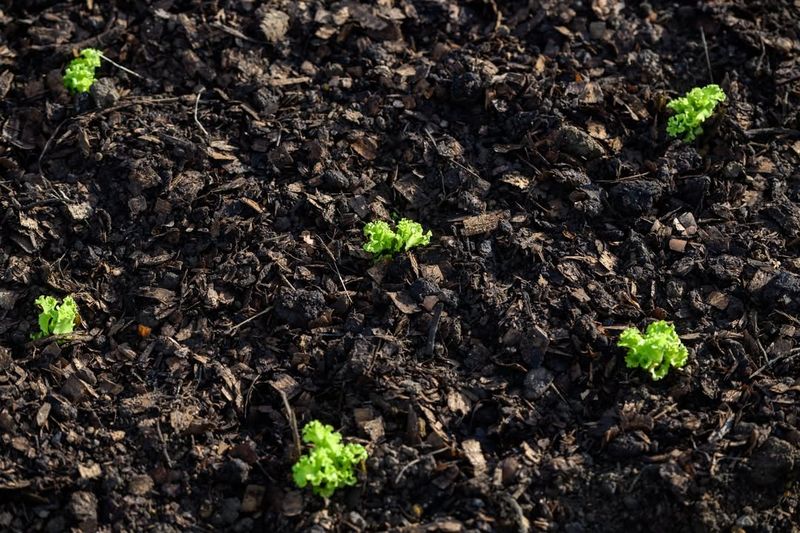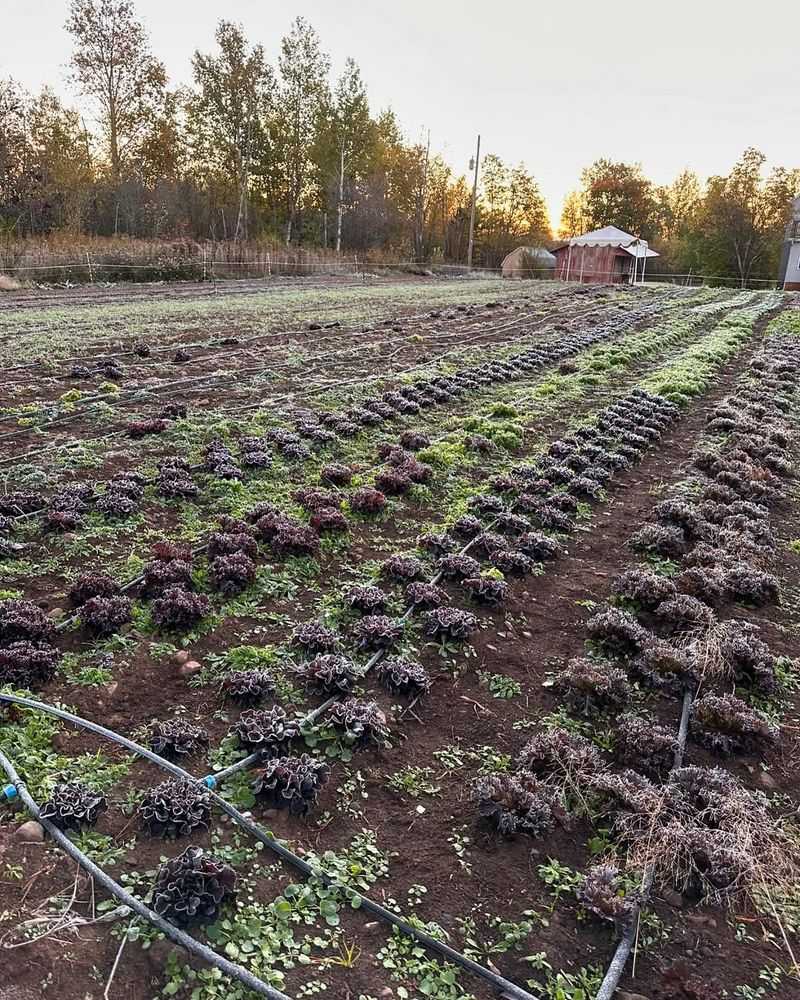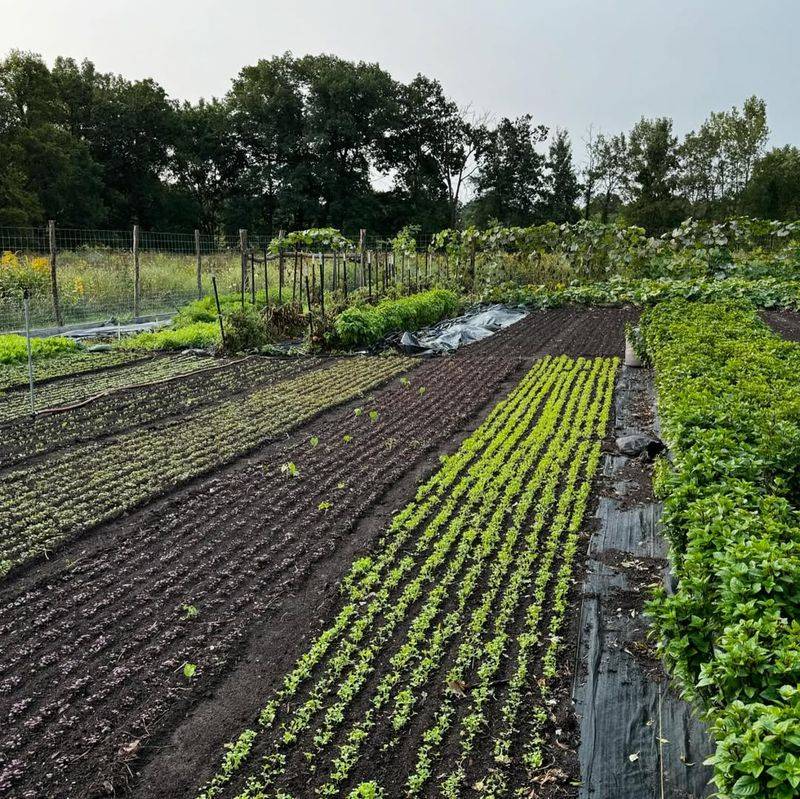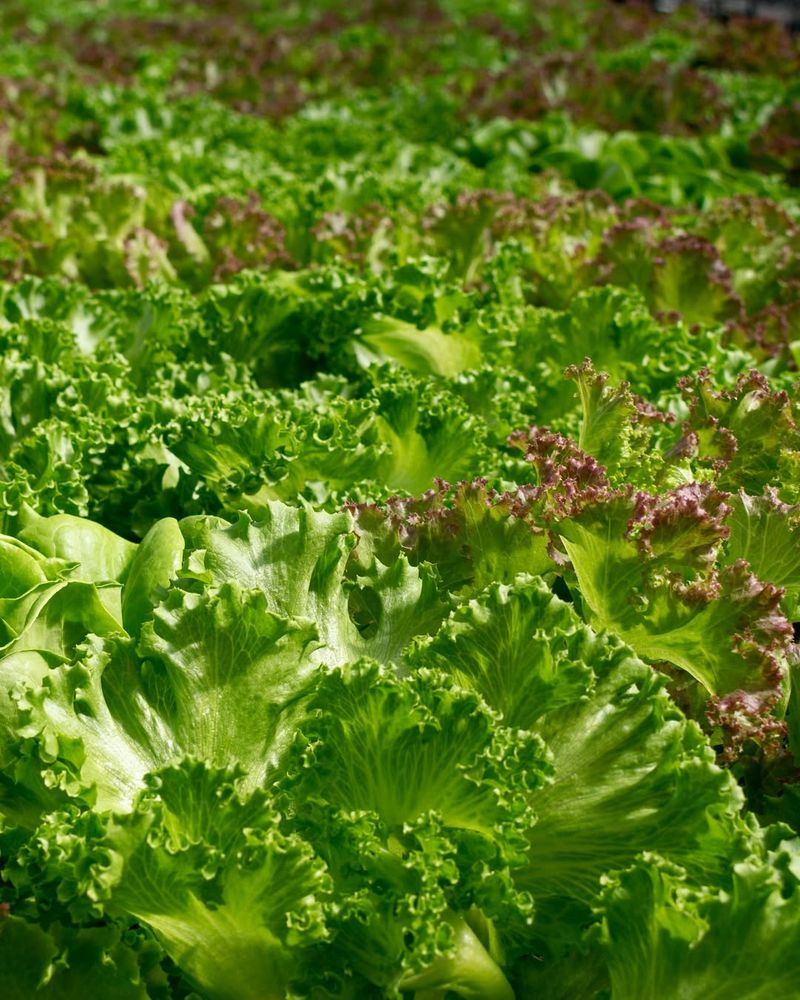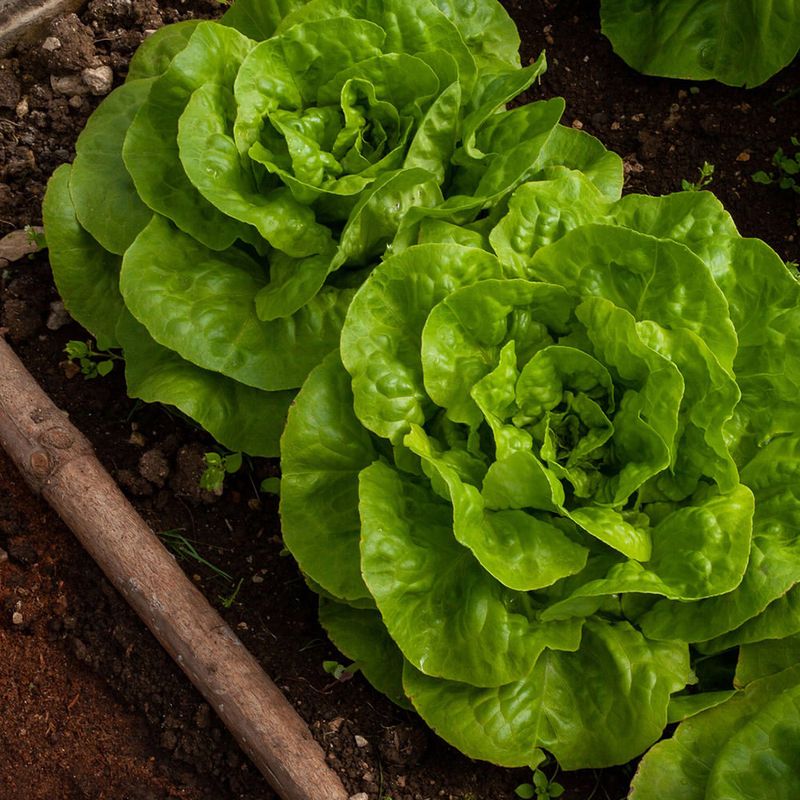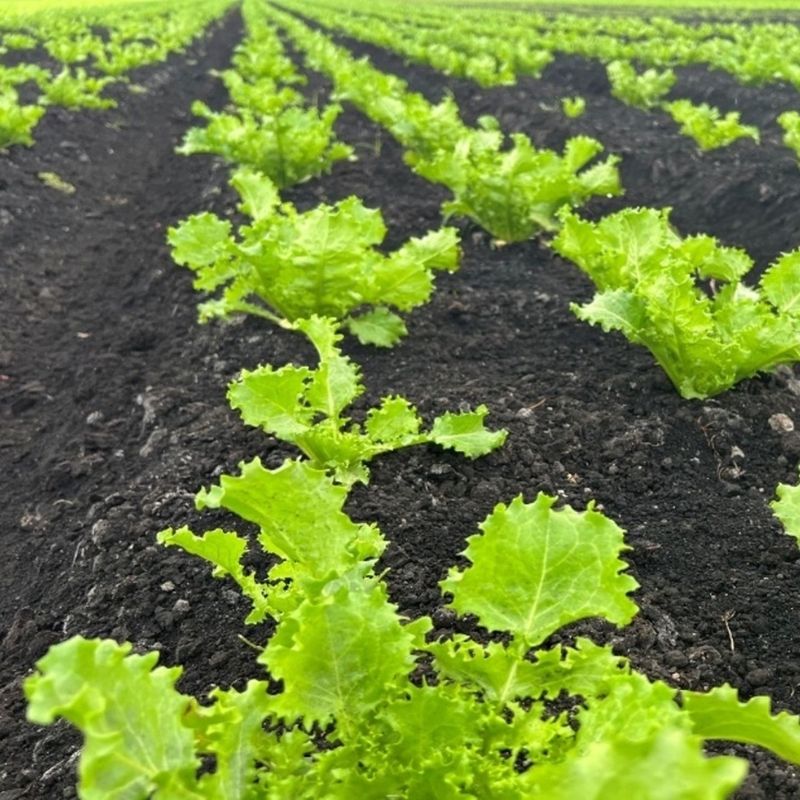December might sound like the end of the line for most crops in Arizona, but lettuce sees it as its time to shine. When scorching summer heat is finally out of the picture, this cool-season green settles in and grows like it owns the place.
Crisp nights and mellow days create the perfect recipe for tender leaves, steady growth, and flavors far better than anything grown in triple-digit weather. Many gardeners are surprised to learn that December isn’t just a good time for lettuce, it’s one of the best times of the entire year.
Cool Weather Triggers Sweetness
Cold temperatures actually make lettuce taste better by triggering natural sugar production in the leaves. When temperatures drop into the 40s and 50s at night, lettuce plants convert more starches into sugars as a survival response.
This biological process creates sweeter, more flavorful leaves than summer-grown lettuce. Arizona’s December nights provide the perfect temperature range without freezing, giving your salads an extra delicious boost that hot-weather lettuce simply cannot match.
Slower Bolting Means Longer Harvest
Heat causes lettuce to bolt quickly, sending up flower stalks and turning leaves bitter. December’s cooler temperatures slow down this process dramatically, keeping your plants in the harvest stage much longer.
You can pick leaves for weeks instead of days before plants go to seed. Arizona gardeners often get two to three months of continuous harvest from December-planted lettuce, while summer lettuce might only last three weeks before becoming inedible and tough.
Less Water Evaporation Saves Resources
Summer heat evaporates water from soil incredibly fast, requiring constant watering and wasting precious resources. December’s mild temperatures and lower sun intensity reduce evaporation rates by more than half.
Your lettuce stays hydrated longer with less frequent watering, saving both water and money. Arizona’s winter humidity is also slightly higher than summer, helping soil retain moisture naturally.
This efficiency means healthier plants with less effort and lower water bills throughout the season.
Fewer Pest Problems To Manage
Aphids, whiteflies, and other destructive insects become much less active when temperatures drop below 60 degrees. December gardening means dealing with far fewer pest invasions that can devastate summer crops.
Your lettuce grows cleaner and healthier without constant bug battles or pesticide treatments. Cold nights naturally control insect populations, giving plants a chance to develop without damage.
Arizona’s December climate creates a pest-free window that summer gardeners can only dream about having.
Sunlight Intensity Becomes Gentle
Arizona’s intense summer sun can scorch tender lettuce leaves, causing tip burn and stress. Winter sun sits lower in the sky and passes through more atmosphere, reducing its burning intensity significantly.
December provides bright light without the damaging heat that comes with it during warmer months. Lettuce absorbs just enough energy for photosynthesis without suffering from sun stress or bleached leaves.
This gentler sunlight creates ideal growing conditions that protect delicate foliage while still promoting healthy, vigorous growth.
Soil Temperature Stays Optimal
Lettuce seeds and roots prefer soil temperatures between 45 and 65 degrees Fahrenheit for best growth. Summer soil often reaches 90 degrees or higher, stressing plants and slowing development.
December soil temperatures in Arizona naturally fall into the perfect range without any special effort. Cool soil encourages strong root systems and steady leaf production.
Your plants establish faster and grow more vigorously because the ground temperature matches their biological preferences perfectly throughout the entire growing season.
Frost Risk Remains Minimal
Many regions experience hard freezes in December, but most Arizona gardening zones stay above freezing or only dip slightly below. Lettuce can tolerate light frosts down to about 28 degrees without serious damage.
Arizona’s December climate rarely threatens lettuce with devastating freezes, unlike northern states. You get all the benefits of cool-weather growing without the risk of losing your entire crop overnight.
Simple frost cloth can protect plants during the occasional cold snap, making December gardening surprisingly reliable.
Germination Happens Reliably
Lettuce seeds refuse to germinate when soil temperatures exceed 75 degrees, entering a dormant state called thermoinhibition. Summer planting often results in failed germination and wasted seed.
December soil temperatures stay well below this threshold, allowing seeds to sprout quickly and uniformly. You get consistent stand establishment without gaps in your rows or wasted planting efforts.
Arizona’s December conditions create the reliable germination environment that lettuce absolutely requires, making planting predictable and successful every single time you sow seeds.
Leaves Develop Better Texture
Heat causes lettuce leaves to become tough, bitter, and fibrous as plants struggle to survive. Cool weather allows cells to develop slowly and evenly, creating tender, crisp leaves with superior texture.
December-grown lettuce has that perfect crunch that makes salads truly enjoyable to eat. The cellular structure stays delicate because plants are not stressed by extreme temperatures.
Arizona gardeners consistently report that their winter lettuce tastes restaurant-quality, with none of the toughness or bitterness associated with warm-weather crops.
Succession Planting Works Perfectly
Growing conditions stay stable throughout December and into early spring, allowing you to plant new lettuce every two weeks. Each planting matures predictably, creating a continuous harvest system.
Summer’s temperature swings make succession planting unreliable and frustrating for most gardeners. December’s consistent weather patterns let you plan harvests with confidence, ensuring fresh lettuce on your table constantly.
Arizona’s extended cool season gives you a four-month window for succession planting that produces reliable results every single time you sow seeds.
Nutrient Uptake Improves Dramatically
Extreme heat disrupts nutrient absorption in plant roots, even when fertilizer is present in the soil. Cool temperatures allow roots to function efficiently, taking up nitrogen, phosphorus, and other essential nutrients properly.
December lettuce develops rich, dark green color that indicates excellent nutrition and health. Plants grow faster and stronger because they can actually use the nutrients you provide.
Arizona’s winter temperatures create the ideal metabolic conditions for lettuce to thrive, resulting in more nutritious greens for your family.
Multiple Varieties Thrive Together
Cool weather suits all lettuce types equally well, from delicate butterhead to sturdy romaine varieties. You can grow a diverse selection without worrying that some will fail while others succeed.
Summer conditions favor heat-tolerant varieties only, limiting your options significantly. December lets you experiment with heirloom varieties, colorful options, and specialty lettuces that cannot survive Arizona summers.
This diversity makes your salads more interesting and nutritious, giving you access to the full range of lettuce flavors and textures available to gardeners.

